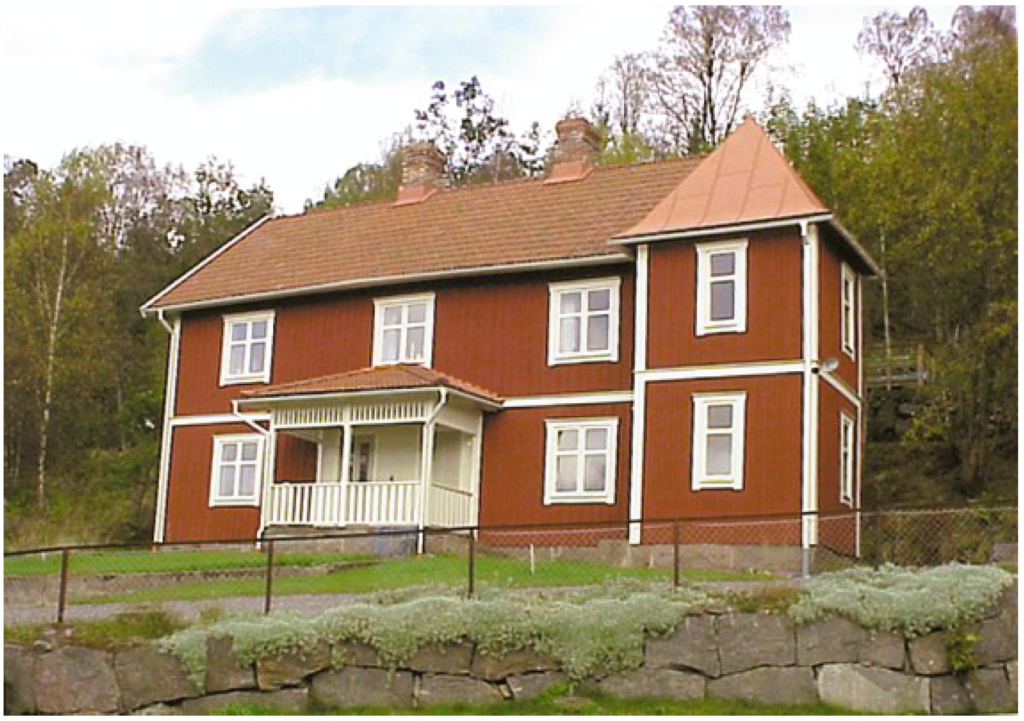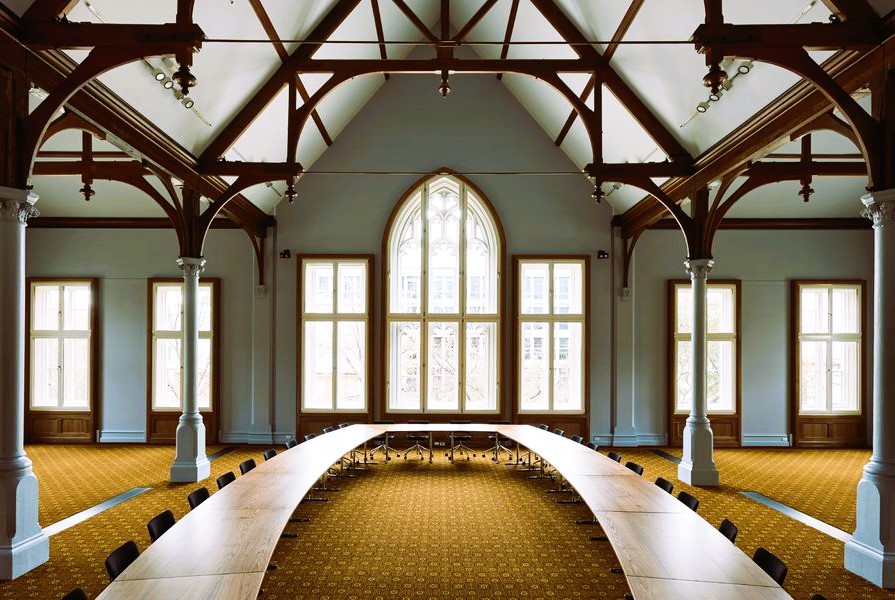Heritage buildings in Victoria, Canada, are cherished for their architectural beauty, historical significance, and cultural value. Preserving these buildings is of utmost importance to maintain the city’s unique character and identity. However, many heritage buildings have outdated and inefficient windows, leading to energy loss and increased environmental impact. Sustainable window installations offer a solution to this challenge by striking a balance between preservation and energy efficiency. In this article, we will explore the importance of sustainable window installations for heritage buildings in Victoria, the challenges faced, and the role of standardization in ensuring successful preservation efforts.
The Importance of Sustainable Window Installations:
Heritage buildings are often characterized by their traditional window designs, such as double-hung sash windows, casement windows, or leaded glass windows. While these windows contribute to the building’s historical charm, they may not meet modern energy efficiency standards. Old windows with single-pane glass, inadequate weatherstripping, and poor insulation can result in significant energy loss, discomfort, and higher energy bills.
Sustainable window installations provide an opportunity to address these issues while preserving the building’s historical integrity. By replacing or upgrading old windows with energy-efficient options, heritage buildings can significantly reduce energy consumption, lower greenhouse gas emissions, and improve indoor comfort for occupants.
Challenges in Sustainable Window Installations for Heritage Buildings:
Preserving the architectural heritage of these buildings poses unique challenges when considering sustainable window installations:
- Historical Authenticity: When upgrading windows in heritage buildings, it’s crucial to maintain historical authenticity. Modern window designs must respect the original architectural style, dimensions, and materials used in the building’s construction.
- Regulatory Compliance: Heritage buildings are subject to strict preservation regulations and building codes. Any changes to the building, including window replacements, must comply with these regulations to preserve the building’s historical significance.
- Material Availability: Some heritage window materials may be difficult to source, especially if the original materials are no longer in use. Finding sustainable alternatives that match the aesthetics and performance of the original materials can be challenging. Like the article? Read also about Ecological windows in historical buildings, in the article about the balance of durability.
- Customization: Heritage buildings often have unique window sizes and shapes. Finding off-the-shelf sustainable window options that fit these dimensions may be impractical, requiring custom-made solutions.
The Role of Sustainable Window Standardization:

Standardization plays a vital role in sustainable window installations for heritage buildings. Organizations like Canada.ca and heritage conservation authorities establish guidelines and standards for preserving heritage structures and implementing energy-efficient upgrades. These standards help guide architects, preservationists, and window manufacturers in making informed decisions that balance energy efficiency and historical preservation.
Innovative Solutions for Sustainable Window Installations:
- Replication and Restoration: In cases where original windows are beyond repair, replication or meticulous restoration is a sustainable option. Modern window manufacturers can replicate historical window designs using energy-efficient materials to maintain authenticity while improving performance.
- Secondary Glazing: Secondary glazing involves adding an additional layer of glazing to the existing windows, creating an insulating air gap. This minimally invasive solution improves energy efficiency without altering the building’s original windows.
- Customized Window Solutions: Collaborating with specialized window manufacturers allows for custom-made sustainable window solutions that meet the unique requirements of heritage buildings.
Conclusion:
Sustainable window installations are a critical aspect of preserving heritage buildings in Victoria while ensuring energy efficiency and environmental responsibility. Balancing historical authenticity with modern energy-efficient technologies requires careful consideration and adherence to standardization guidelines. Organizations like play a significant role in providing guidance for successful sustainable window installations in heritage structures, allowing future generations to continue appreciating the architectural beauty and cultural value of these cherished buildings.

